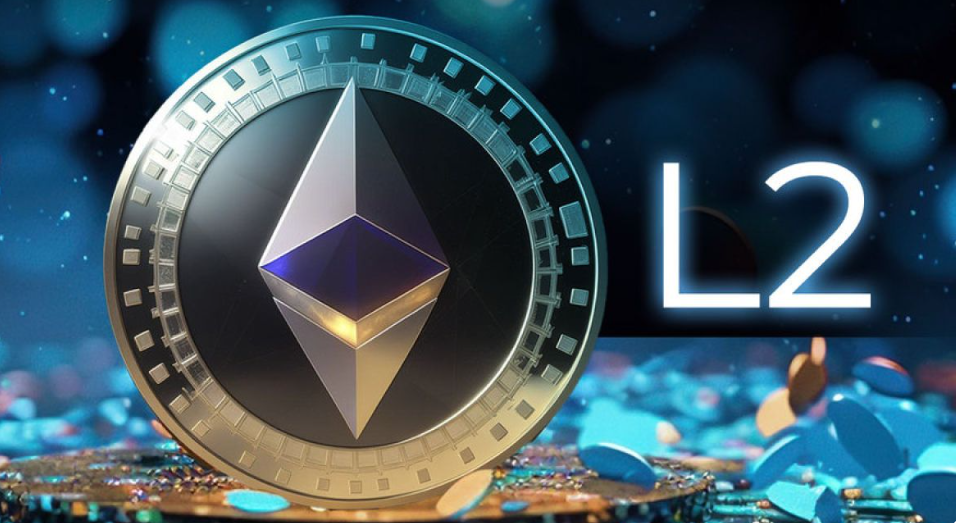Ethereum L2 Transaction Volume up 91% as Adoption Soars.
Recent data from Into TheBlock reveals that Ethereum L2 transaction volumes have skyrocketed by an impressive 91% since the beginning of the year. This surge underscores a growing trend of Ethereum users migrating toward layer-2 scaling solutions, drawn by the promise of faster and cheaper transactions compared to Ethereum's mainnet.
Surge in Ethereum L2 transaction volumes.
The data reveals compelling insights into the ecosystem of Ethereum's scaling solutions. On March 1, 2023, transaction volume for Ethereum L2 transactions from both Arbitrium and Optimism totaled approximately $700 million. Fast forward to Feb. 1, 2024, and this figure surged to $2 billion, encompassing transactions from Arbitrium, Optimism 5and Base.
A contributing factor to this surge is the heightened anticipation surrounding Ethereum's forthcoming Dencun upgrade.
This eagerly awaited update is anticipated to revolutionize the Ethereum ecosystem by introducing substantial gas fee reductions, enhanced storage efficiency and an improved experience for developers.
By effectively addressing the long- standing issue of high transaction fees on Ethereum, the Dencun upgrade is set to strengthen the cost efficiency of rollups, thereby stimulating further adoption.
How layer-2 networks work.
The primary objective of layer-2 networks is to enhance transaction throughput by achieving higher transactions per second (TPS) while preserving decentralization and security. These networks achieve this by consolidating multiple off-chain transactions into a single layer-1 transaction, thereby reducing transaction fees.
Consequently, Ethereum becomes more accessible and inclusive for a broader spectrum of users, fostering greater participation and innovation within the ecosystem.




